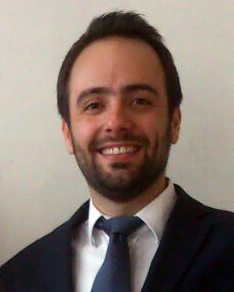
This research has been co-financed by the European Union (European Social Fund – ESF) and Greek national funds through the Operational Program "Education and Lifelong Learning" of the National Strategic Reference Framework (NSRF) - Research Funding Program: Heracleitus II. Investing in knowledge society through the European Social Fund.
In this dissertation we investigate paratransit services, which support mobility for people with a disability, under normal and emergency conditions.
For paratransit services under normal conditions, we introduce and study Scheduled Paratransit Transport Systems (SPTS), in which a public transport bus is allowed to diverge from its nominal path to pick-up paratransit passengers and drop them off at their destination. Subsequently, we investigate SPTS-T, an interesting enhancement of SPTS, which aims to satisfy the entire paratransit demand by combining SPTS with accessible taxi (or private hire) services. The problem objective is to minimize the cost of the combined transportation system, while serving all paratransit requests and offering sufficient level of service.
For each of the above systems, new routing problems have been modeled and solved by exact Branch and Price frameworks. We have studied SPTS and SPTS-T with respect to its significant design parameters, and proposed guidelines for the efficient development of such systems in various transport environments.
In the area of paratransit services under emergency conditions we investigated the problem of evacuating the residents of a region in case of an emergency - the bus evacuation problem. We have developed a hybrid algorithm that incorporates the column generation framework, with the well-known meta-heuristic methods LNS and VNS. We also have studied an interesting variation of this problem, which deals with the evacuation of casualties from several triage points. This case may be encountered in a battlefield or after disasters (natural catastrophes, terrorist attacks, etc.), in which a significant number of casualties should be transported to available medical facilities. Extensive experimental results have indicated that for both cases the proposed framework provides near optimal solutions for small scale instances, and efficient solutions in reasonable computational times for problems of practical scale.
Finally, we study the implications of the above research in logistics cases, in which conditions similar to those of the aforementioned transportation problems hold, including routes with strict sequences, or limitations for the capacities of collection/gathering centers. Specifically, we have examined three interesting cases of the single vehicle routing problem with a predefined client sequence and two load replenishment warehouses.





 Greek Version
Greek Version  English Version)
English Version) This research has been co-financed by the European Union (European Social Fund – ESF) and Greek national funds through the Operational Program "Education and Lifelong Learning" of the National Strategic Reference Framework (NSRF) - Research Funding Program: Heracleitus II. Investing in knowledge society through the European Social Fund.
This research has been co-financed by the European Union (European Social Fund – ESF) and Greek national funds through the Operational Program "Education and Lifelong Learning" of the National Strategic Reference Framework (NSRF) - Research Funding Program: Heracleitus II. Investing in knowledge society through the European Social Fund.